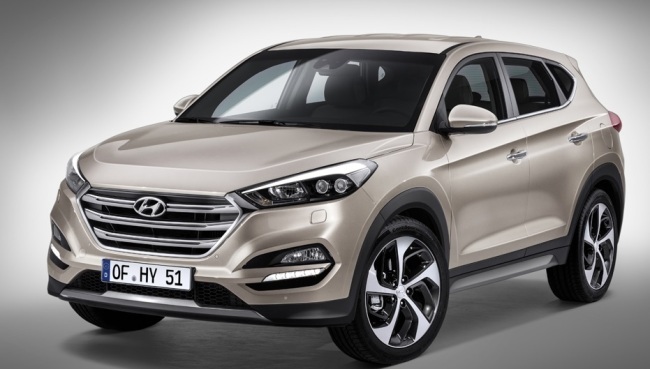Hyundai has come a long way in the U.S., and its manufacturing plant in Montgomery, Alabama, has helped fuel the automaker’s success. On a recent trip to the South, we got the chance to tour that facility. Here are nine cool facts about Hyundai Motor Manufacturing Alabama (HMMA).

Hyundai uses more than 400 robots throughout the plant to assemble the Sonata and Elantra sedans. These robots weld and paint and precisely place windshields. Although two different cars are built at the plant, they’re both built on one assembly line for efficiency’s sake, something that’s made possible by robots and human team members working in harmony. The Santa Fe crossover was added to the line on June 22.

Not all of Hyundai’s robots require arms to so their job. The OneKit system employs a number of autonomous drones to transport parts across the assembly line. The wheeled automatons drive along a set path and can stop when a person or object is detected in front of it. After the object moves, the robot continues on its way. The Alabama plant is one of only two in the world to use these robots.

HMMA prides itself on its build quality. The plant’s target for quality control is more than 97 percent perfect off the line.

The factory is huge. Its buildings cover 3.2 million square feet and sit on a 1,700-acre property. Located on the grounds are two cafeterias, a fitness center, and a Wells Fargo branch.

That amount of real estate needs a lot of workers to run. HMMA employs 3,000 full-time team members and 500-600 temp workers, who fill in for workers on sick leave or vacation.

Full-time jobs at the Hyundai plant are highly sought after, and for good reason. Full-time team members make on average between $67,000 and $70,000 a year. Maintenance personnel average $100,000 a year.

The plant has an annual production capacity of 395,000 cars. The line can spit out 75 units per hour, with an average output of 1,550 cars per day Monday through Friday. HMMA runs some Saturdays based on demand but has a policy of operating no more than two Saturdays a month.

When suppliers are factored in, HMMA’s overall economic impact is $4.8 billion for the state of Alabama. Hyundai says the plant is responsible for creating 38,000 direct and indirect jobs and represents 20 percent of Montgomery County’s gross domestic product.

Team members from HMMA were featured in a 2012 Super Bowl commercial. Because the ad required singing the theme song from “Rocky,” auditions were held throughout the plant to choose the hundreds of workers featured in the big game TV spot.











